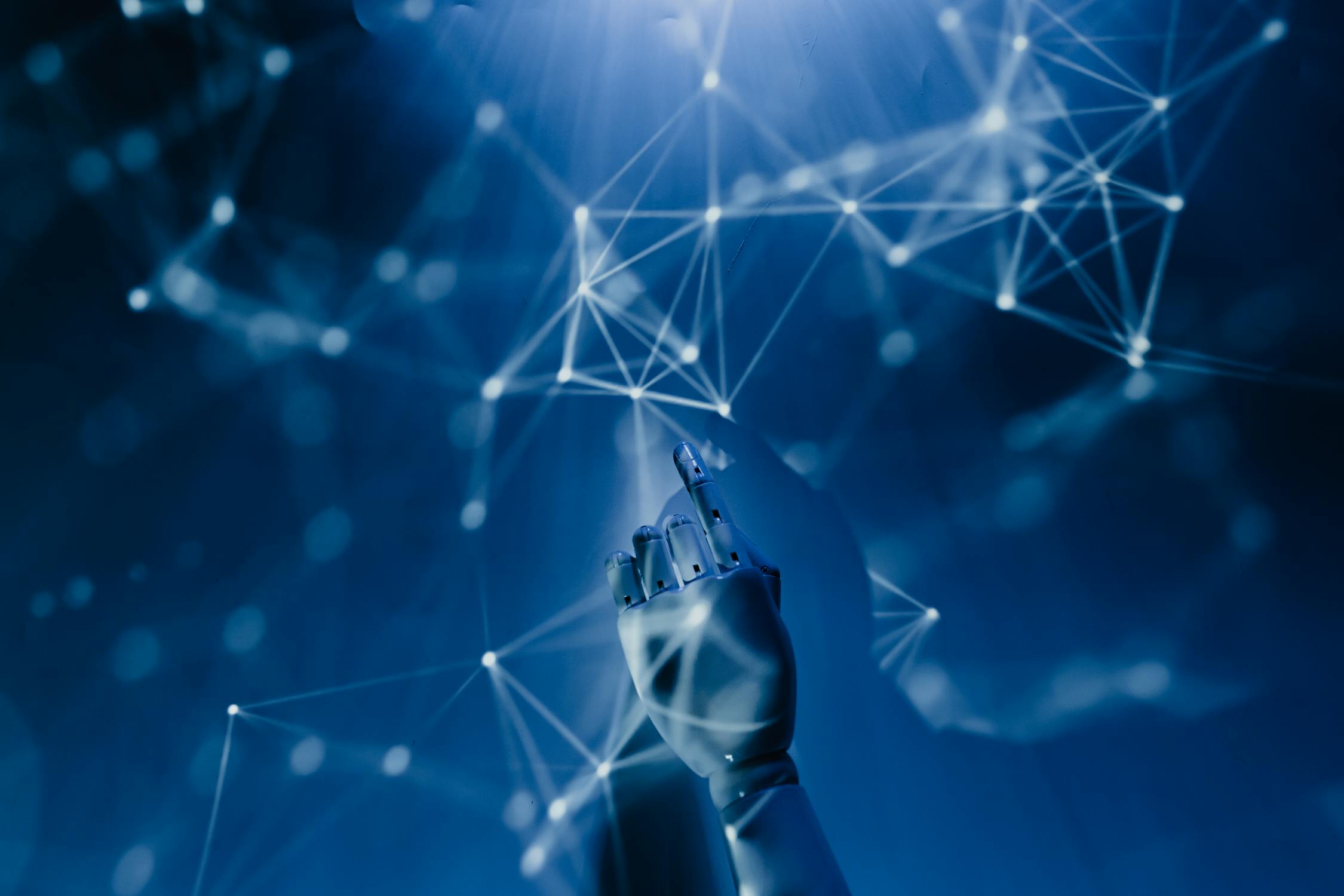The Neural Nexus: Bridging Brains and Bytes with AI

Table of Contents
Neurotech is experiencing unprecedented growth, revolutionizing fields such as healthcare, neurorehabilitation, cognitive enhancement, human-computer interaction and lesser know bioelectricity and biocomputation. Central to this transformation is Artificial Intelligence (AI), which amplifies the capabilities of neurotechnological systems through improved data processing, real-time analysis, personalization, and automation. The synergy between AI and neurotechnology is facilitating breakthroughs in diagnostics, treatment, and brain-computer integration.
1. AI-Enhanced Brain-Computer Interfaces (BCIs)
Modern brain-computer interfaces (BCIs) are bridging the gap between neural activity and external device control. Innovations from companies such as Neuralink and Blackrock Neurotech involve implantable microelectrode arrays capable of reading brain signals with high fidelity. These systems enable individuals, particularly those with severe motor impairments, to control cursors, prosthetics, or even text output directly through thought.
AI algorithms - especially deep learning and reinforcement learning models - play a pivotal role in decoding complex neural signals, reducing noise, and adapting to user-specific neural patterns. This greatly enhances the accuracy, adaptability, and responsiveness of BCI systems, bringing us closer to seamless brain-to-device communication.
For Example recently Paradromics has achieved a significant breakthrough in brain-computer interface (BCI) technology, for people with severe motor impairments. They developed a high-bandwidth BCIs which is of size of a dime and can have 420 electrodes. The device is successfully completed the first successful human implantation.

2. AI for Seizure Prediction and Neurological Monitoring
Wearable neurotech devices are increasingly incorporating AI for real-time monitoring and prediction of neurological events such as epileptic seizures. Devices like Empatica's Embrace wristband collect continuous biometric data including electrodermal activity, motion, and heart rate.
Advanced AI models, including recurrent neural networks (RNNs) and convolutional neural networks (CNNs), are trained to identify early, often subtle, physiological changes that precede seizures. The AI help in relating the different parameters like heart rate, chemicals in sweat, to build a reliable prediction device. This allows for proactive seizure management, early warnings, and improved quality of life for individuals with epilepsy.
These prediction systems are becoming increasingly accurate, with some achieving over 85% accuracy in seizure prediction up to 30 minutes before onset.
3. AI-Driven Neuromodulation and Brain Stimulation Therapies
Neuromodulation techniques such as transcranial direct current stimulation (tDCS) and transcranial magnetic stimulation (TMS) are being optimized using AI. For example, Flow Neuroscience has developed an AI-integrated tDCS system for the treatment of depression, where stimulation patterns are personalized based on individual brain activity, response history, and clinical feedback.
AI enables adaptive closed-loop stimulation, where stimulation parameters are continually adjusted in real-time based on EEG or behavioral feedback, maximizing therapeutic efficacy while minimizing side effects.
4. AI in Neuroimaging and Early Disease Detection
AI is transforming the interpretation of neuroimaging data (e.g., MRI, CT, PET, EEG), facilitating early detection and precise classification of neurological disorders such as Alzheimer's disease, Parkinson's disease, multiple sclerosis, and brain tumors.
Machine learning models trained on large datasets can detect subtle structural or functional anomalies that may be overlooked by human observers. For example, AI tools can quantify hippocampal atrophy in early Alzheimer's or detect tumor boundaries with enhanced precision, enabling earlier intervention and improved prognostic outcomes.
5. AI and Cognitive Augmentation Technologies
Cognitive enhancement technologies, including AI-driven neurofeedback platforms, are being developed to improve mental performance metrics such as attention, memory, and emotional regulation. These platforms use real-time EEG data to dynamically tailor brain training exercises based on user performance.
Startups in this space are integrating AI to create individualized neurocognitive profiles, allowing for personalized brain training that evolves with the user, offering applications in both clinical (e.g., ADHD, PTSD) and non-clinical (e.g., productivity, learning) settings.
Future Perspectives
The convergence of AI and neurotechnology promises a new era of autonomous, intelligent neural interfaces with applications in rehabilitation, mental health, education, and human augmentation. Ongoing research is exploring fully closed-loop systems capable of real-time interpretation and modulation of brain activity, paving the way for neural prosthetics, digital therapeutics, and potentially even brain-to-brain communication.
As these technologies mature, they are expected to become more accessible, cost-effective, and integrative, ultimately transforming the landscape of neurological care, cognitive science, and human-machine symbiosis.
About the Author
Dr. Abhinoy Kishore, Ph.D.(IISER Kolkata) is a leading researcher in technology and innovation. With extensive experience in cloud architecture, AI integration, and modern development practices, our team continues to push the boundaries of what's possible in technology.
Common Questions About Neurotechnology
Find answers to the most commonly asked questions about neurotechnology and related concepts.